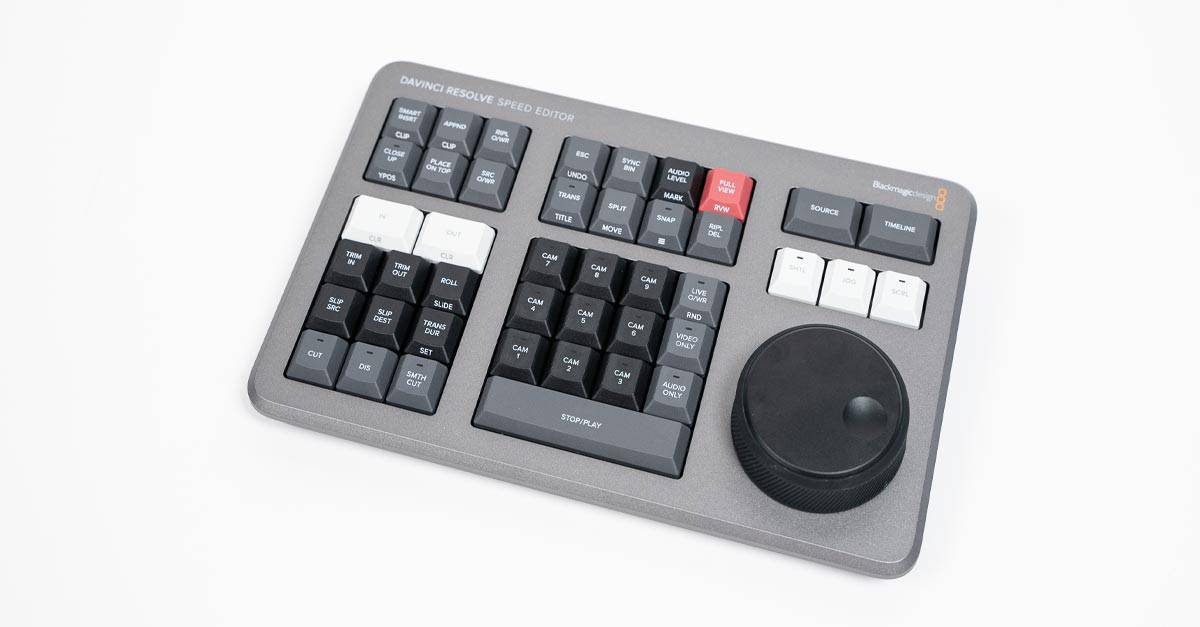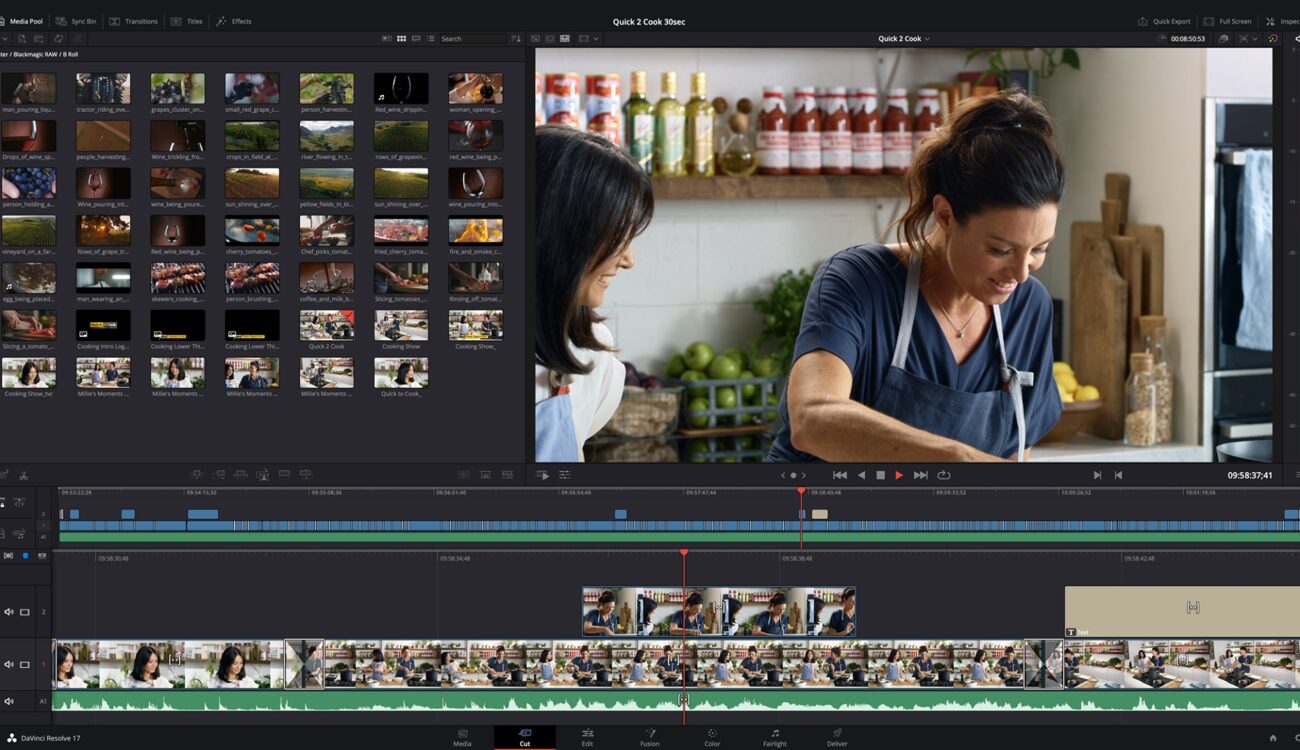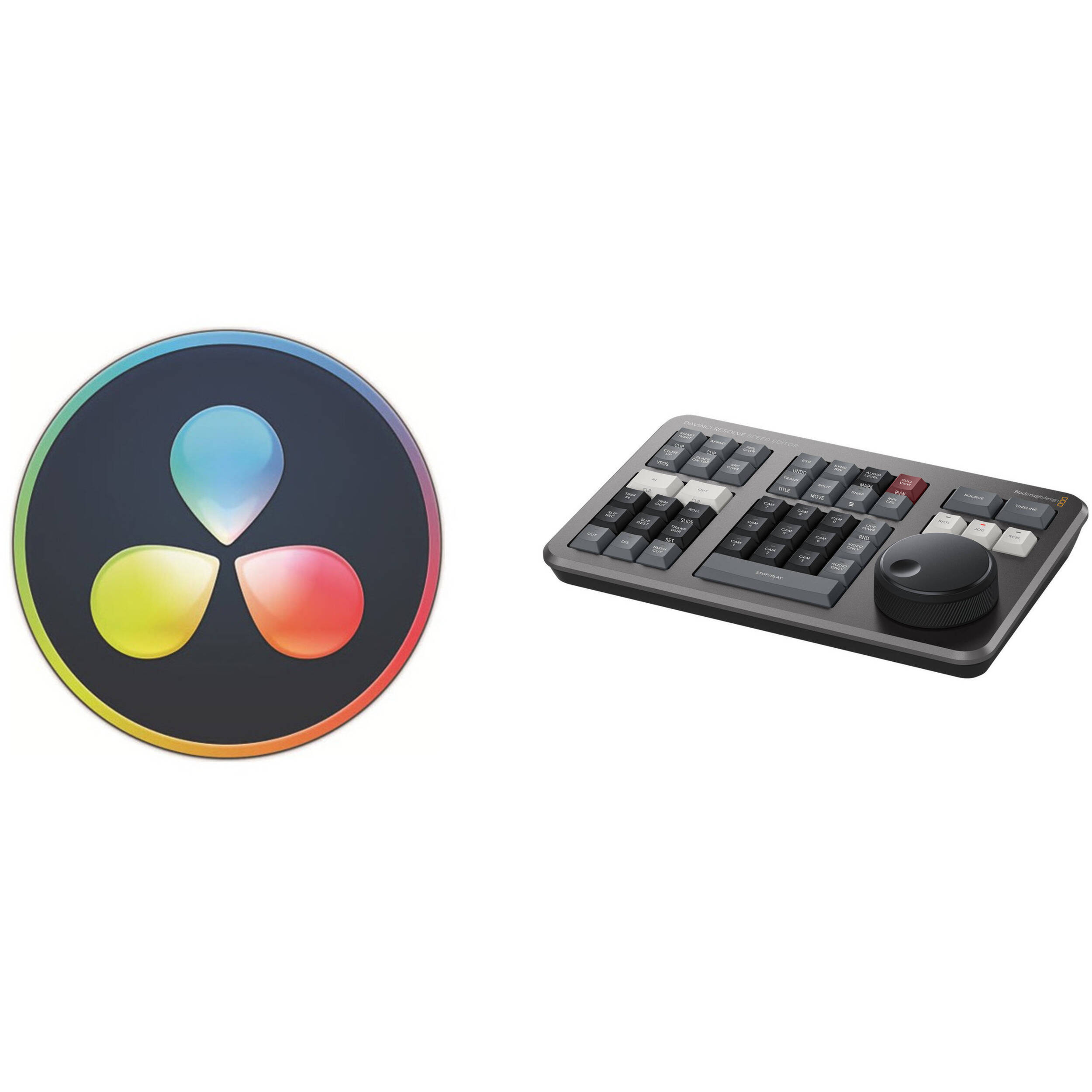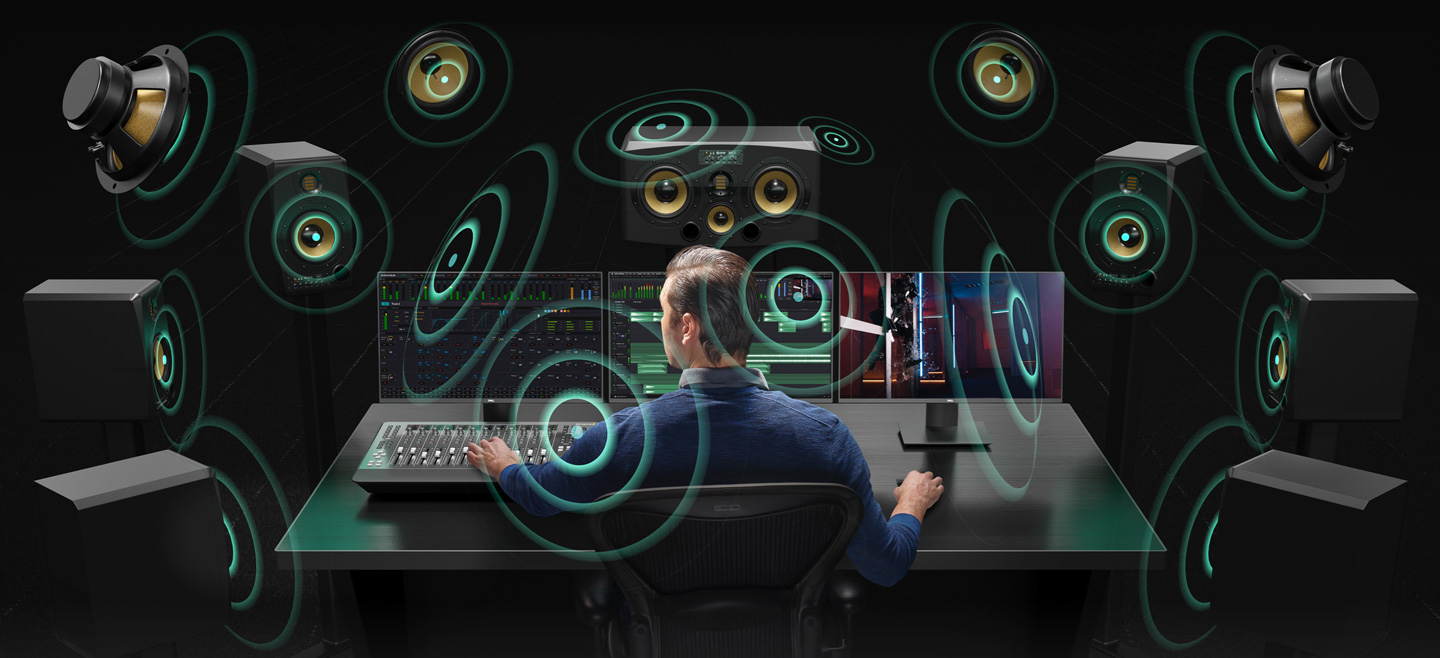

Or if customers press and hold, the search dial will let customers adjust the viewer size. It works by momentarily pausing jog at the edit points so it's nicer to use. Snapping on the speed editor is different, as it’s not magnetic so it’s more subtle. Pressing snap will turn on snapping in the timeline. If customers press and hold, customers can use the search dial to move the current clip up and down the timeline.

If users are positioned on a split in a clip, then pressing the split button will remove the split. The split button will instantly cut the clip in the timeline at the current playback point. If customers press and hold the transition button users will see the pallet appear allowing selection of the one customers want. The transition button is similar to the cut and smooth cut buttons, however it will add a custom transition of their choice from a pallet of all the available DaVinci Resolve transitions.

Plus if customers double press the full view button, it will go into full screen view and play from just before their most recent edit. That’s great for presenting their edit to clients. The full screen button is highlighted red so customers can find it quickly and switch to a full screen view of their viewer. Double pressing the key lets customers add a marker, and double pressing and holding allows customers to set the marker color. That's a fast way to set audio levels while editing.

The audio level key lets customers quickly set audio levels of clips by holding the key and adjusting the level using the search dial. Then use the camera keys to select an alternative shot, and source overwrite to edit it into the timeline. That lets customers find cutaways using a familiar multiview interface. The sync bin is a new style of multi-cam and it allows customers to find shots that are sync'd to the current shot in the timeline. Plus, if customers double press it, it works as undo. A good example is the sync bin and if customers select a camera, customers can go back to the multiview by selecting this escape key. The escape key is positioned to the top left so it's easy to locate, as it’s the most common key for reversing some functions. The keys are in a separate group so customers can find the key customers need by feel and operate faster than a regular keyboard. That means customers need less keys for a more portable design, but it still retains a lot of editing power. Plus, some keys have an alternative function where customers can press and hold or double press to get a second function using the same key. Some of the enhanced function keys on the DaVinci Resolve Speed Editor are not even available on the full sized editor keyboard. The Blackmagic DaVinci Resolve Speed Editor eliminates the large QWERTY keyboard for a smaller more portable design, so the function button area includes only the controls customers need for editing.


 0 kommentar(er)
0 kommentar(er)
